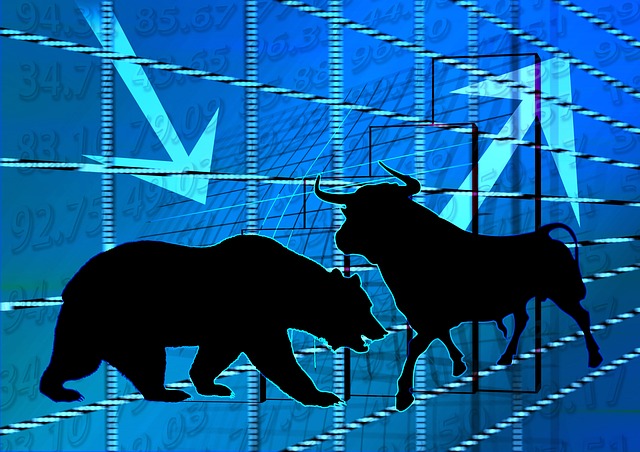Statistics
Global IPO Volumes, Proceeds Rise - EY

Because initial public offerings are important liquidity events that wealth managers track, new data is good news for private bankers and other wealth sector figures eyeing up new clients.
Traditional initial public offerings stepped back into the
limelight in the second quarter of 2021 after much stock market
activity, particularly in the US, had been dominated by blank
cheque companies. Through the first half of this year, there were
1,070 IPOs, collectively raising $222 billion, up 150 per cent
and 215 per cent, respectively, on a year earlier.
A recovering global economy, assisted by large central bank money
printing and hopes about the fading of the pandemic, have
encouraged firms to make their stock market debuts, according to
EY, the professional services and accountancy group.
Blank cheque companies, aka special purpose acquisition companies
(SPACs), were an important IPO factor last year and into the
first quarter of this year, although activity tailed off in Q2,
following some regulatory warning shots from the US Securities
and Exchange Commission. SPACs are entities that raise money with
the express aim of buying companies; they have two years to
deploy that capital or return it to their investors.
In Europe, SPAC activity, which has trailed behind the hot US
market, has come alive, with 21 SPACs taking the IPO route in the
first half of this year. At the same time, European SPAC IPO
activity grew, totalling 21 SPAC IPOs through 1H 2021.
In the Americas, there were 276 IPOs, raising $93.9 billion. In
the Asia-Pacific region, IPO activity remained steady with 471
IPOs raising $74. billion. On the heels of a strong bull run in
Europe, the Middle East, India and Africa equities markets, IPO
activity in the region through 1H 2021 surged, resulting in 323
IPOs raising 53. billion. EMEIA recorded the highest growth rates
year-on-year among the three regions.
Technology led the sectors by deal number, accounting for more
than a quarter (27 per cent) of all 1H deals with 284 IPOs
raising $90.2 billion. The healthcare sector followed, accounting
for 17 per cent of IPOs with 187 deals, raising $33.4
billion.
Europe vs US SPAC market
The US market for SPACs will continue to thrive but is unlikely
to revisit the heights seen late last year and in early 2021,
while Europe is catching up, Ralf Kurney, global co-head for
private equity at law firm CMS, told a briefing for journalists
about corporate finance, private equity and SPACs
yesterday.
“We are beginning [in Europe] and not on the downhill as in the
US,” he said. “I think there is some upside [European]
potential…there could be 10 to 20 SPACs in the next two
years.”
The briefing heard that one concern from the SEC in the US was
avoiding conflicts of interest in which advisors to SPAC sponsors
were also earning fees from target companies. Regulators are
cracking down on this, and will probably ensure that this is also
dealt with in Europe.
In 2020-21 more than 400 US SPACs were in existence; data shows
that about 60 per cent of SPAC share prices are trading below
their IPO prices, the CMS briefing heard.
Generally, a SPAC is formed by a management team or a sponsor
with nominal invested capital, typically translating into about
20 per cent interest in the SPAC (commonly known as founder
shares). The remaining 80 per cent interest is held by public
shareholders through “units” offered in an IPO of the SPAC’s
shares.
(This publication examined trends in the market, and some of the
risks and rewards,
here.)
